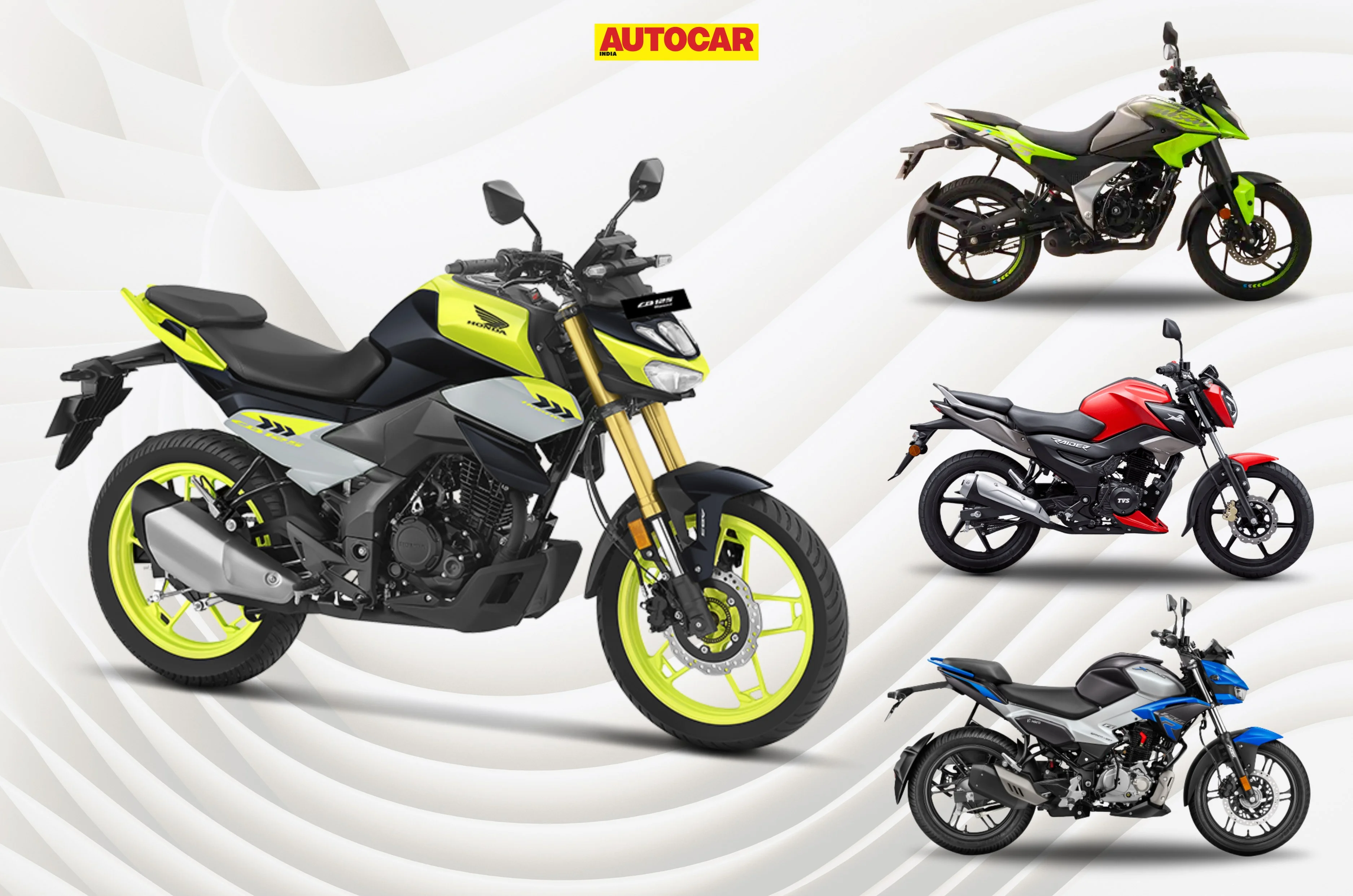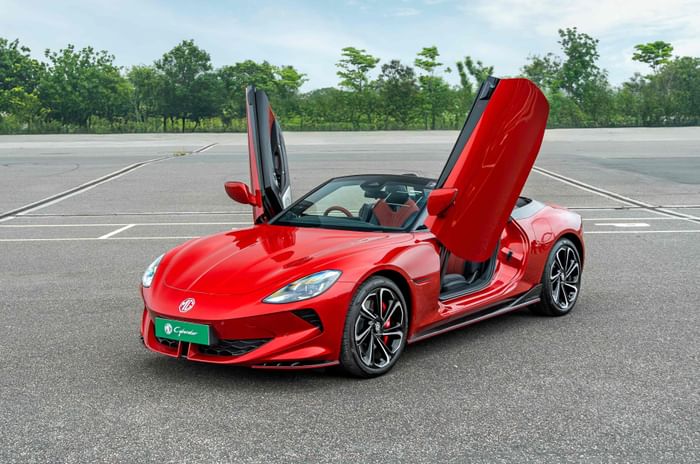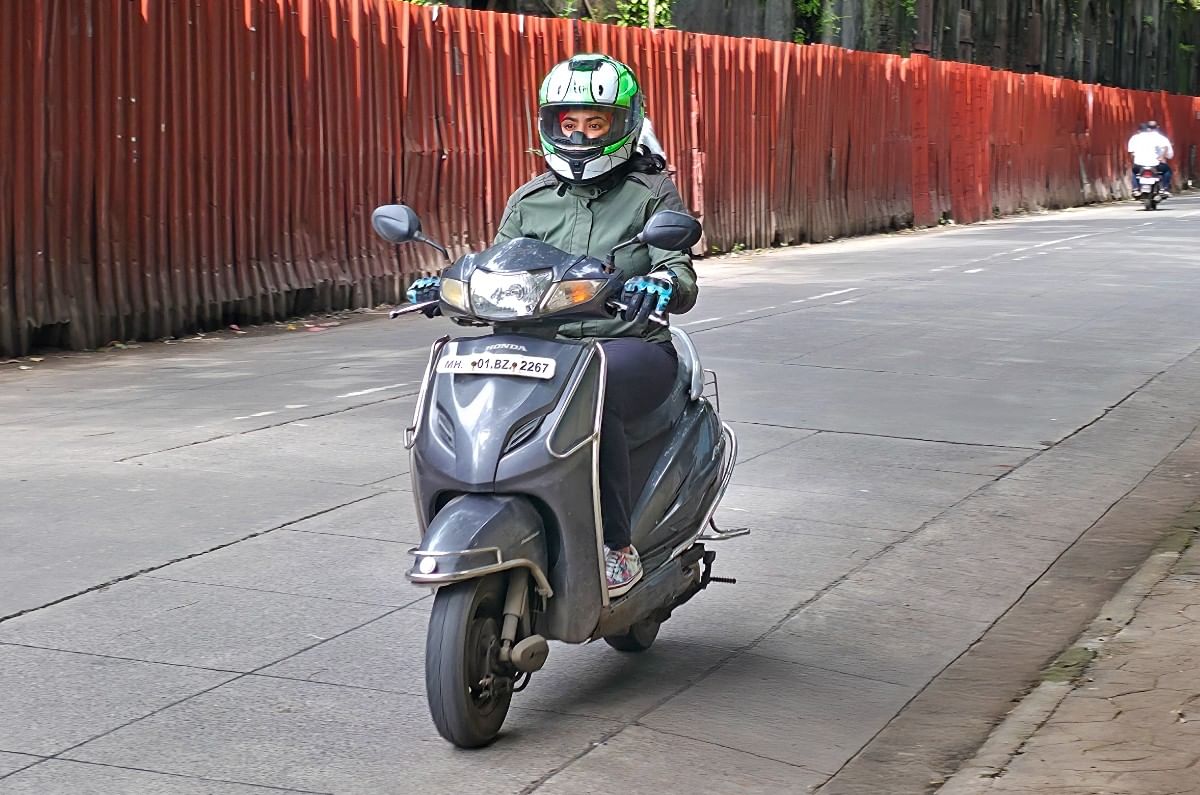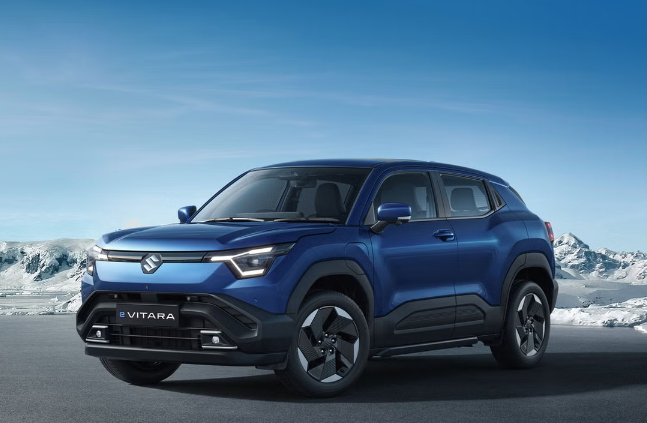
Here’s how the baby Hornet fares against its rivals on paper.
Honda has unveiled the CB125 Hornet and here’s how it fares against its rivals in the premium 125cc commuter space.
Honda CB125 Hornet vs rivals: engine and output
The Pulsar N125 produces the most peak power
| Engine and output | ||||
|---|---|---|---|---|
| Honda CB125 Hornet | TVS Raider | Hero Xtreme 125R | Bajaj Pulsar N125 | |
| Engine | 123.94 cc, single cylinder, air-cooled | 124.8cc, single cylinder, air-cooled | 124.7cc, single cylinder, air-cooled | 124.5cc, single cylinder, air-cooled |
| Power | 11.1hp at 7,500rpm | 11.4hp at 7,500rpm | 11.5hp at 8,250rpm | 12hp at 8,500rpm |
| Torque | 11.2Nm at 6,000rpm | 11.7Nm at 6,000rpm (with iGo assist) | 10.5Nm at 6,500rpm | 11Nm at 6,000rpm |
| Gearbox | 5-speed | 5-speed | 5-speed | 5-speed |
| Power-to-weight ratio | 89.5hp/tonne | 92.6hp/tonne | 84.5hp/tonne | 94hp/tonne |
All three motorcycles produce a similar amount of power, with each making over 11hp. Despite this, the Xtreme 125R has the highest kerb weight, which results in it having the lowest power-to-weight ratio among the three. It also has the lowest amount of torque.The Raider is unique in this regard, as it gets an iGo variant that offers a momentary torque boost of 0.5Nm. Otherwise, with a torque output of 11.2Nm, it’s on par with the CB125 Hornet.
While not essential, a kickstarter can be a valuable backup in situations like a weak battery or being stranded. In this premium commuter segment, it’s a useful feature. The N125 and Xtreme 125R are equipped with a kickstart, whereas the Raider and CB125 Hornet miss out on it.
Honda CB125 Hornet vs rivals: weight and dimensions
The TVS Raider is the lightest here
| Weight and dimensions | ||||
|---|---|---|---|---|
| Honda CB125 Hornet | TVS Raider | Hero Xtreme 125R | Bajaj Pulsar N125 | |
| Seat height | 796mm | 780mm | 794mm | 795mm |
| Ground clearance | 166mm | 180mm | 180mm | 198mm |
| Wheelbase | 1330mm | 1326mm | 1319mm | 1295mm |
| Fuel capacity | 12 litres | 10 litres | 10 litres | 9.5 litres |
| Kerb weight | 124kg | 123kg | 136kg | 127.5kg (BT variant) |
Interestingly, despite Honda’s claim of the Hornet being the lightest in its segment, the Raider has an edge with a kerb weight that’s 1kg lower. However, despite this minor difference, the CB125 Hornet offers the highest fuel tank capacity. The Xtreme 125R is noticeably heavier than its rivals here. The Pulsar’s kerb weight varies slightly depending on the variant — the top-spec Bluetooth version gets a wider rear tyre, which adds 2.5kg to the overall weight.
The Pulsar also stands out with its ground clearance number which is significantly higher than its peers. The Pulsar also takes a different approach with an ADV-reminiscent styling and large fork gaiters, which looks quite unique in this segment.
Honda CB125 Hornet vs rivals: suspension, tyres and brakes
The Hero Xtreme 125R gets the widest rear-tyre
| Suspension, tyres and brakes | ||||
|---|---|---|---|---|
| Honda CB125 Hornet | TVS Raider | Hero Xtreme 125R | Bajaj Pulsar N125 | |
| Suspension | USD fork / monoshock | Telescopic fork / monoshock | Telescopic fork / monoshock | Telescopic fork / monoshock |
| Tyres | 80/100-17 / 110/80- 17 | 80/100 – 17 / 100/90 – 17 | 90/90 – 17 / 120/80 – 17 | 80/100-17 / 110/80-17 (100/90-17 – without BlueTooth variant) |
| Brakes | 240mm disc / drum | 240mm disc / drum | 240mm disc (CBS) / 276mm (ABS) | 230mm disc / drum |
The Honda stands out as the only motorcycle in this segment to offer a golden USD fork — similar to the one on the Hornet 2.0. All four bikes come with a front disc brake, However, the lower variants of the Raider get a drum brake, while the lower variants of the Pulsar and Xtreme feature a disc brake paired only with a combi-braking system, not ABS. Notably, the Xtreme’s disc in the lower variant is also smaller in size. None of the bikes are available with a rear disc
When it comes to rear tyre width, the Xtreme leads with the widest tyre, followed by the top-spec Pulsar and the Hornet. The Raider has the narrowest rear tyre, while the lower variant of the Pulsar also comes with a slimmer 100-section tyre.
Honda CB125 Hornet vs rivals: features
Both the Honda and TVS offer a TFT dash
All four motorcycles come equipped with LED headlights with DRLs and LED tail-lights. However, the Raider is the only one to use bulb-type indicators, while the others feature LED indicators.
The Hornet and Raider are the only bikes in this group to offer a TFT display. The Raider also gets an LCD dash on its lower variants. The Xtreme 125R and Pulsar N125 come exclusively with LCD displays and offer Bluetooth connectivity, though the lower variants of the Pulsar N125 miss out on this feature and get a smaller LCD dash.
Additionally, except for the Xtreme 125R, all three motorcycles also feature silent-start functionality.
Honda CB125 Hornet vs rivals: price
The Raider has the most affordable base variant
| Price | ||||
|---|---|---|---|---|
| Price | Rs 1.12 lakh (introductory) | Rs 87,010 – 1.02 lakh | Rs 98,425 – 1.02 Lakh | Rs 95,213 – 99,213 |
The CB125 Hornet has been launched at an introductory price of Rs 1.12 lakh, making it the costliest bike in its segment. That’s Rs 10,000 more than the top-spec TVS Raider, which was previously the priciest model in this class.
The Raider has the most affordable base variant in this comparison. At that price point, it offers an accessible entry but misses out on several features, including a front disc brake. However, the Raider is available in multiple variants, offering buyers plenty of choice. The top-spec variant featured here comes with a TFT dash, making it the most affordable motorcycle in the country to offer this feature.
The Pulsar and Xtreme are priced between the Raider’s lower and higher variants, though their base versions miss out on ABS. Prices for the Honda CB125 Hornet will be announced on August 1, and it remains to be seen what pricing strategy the Japanese manufacturer will adopt.
Also see:






















































